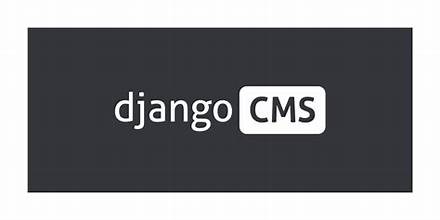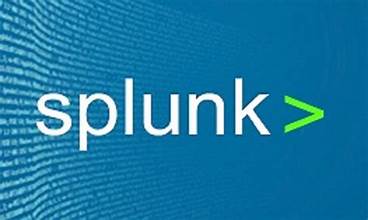Understand Cypress from Scratch
Build fast and reliable Automation tests for any Web Applications using Cypress
You will be able to create UI and API Automation Tests
You will learn the integration of Cypress with Test Management Tools (TestRail)
You will learn how to do Visual Testing using Cypress
Requirements
- Some knowledge of programming
- Some Knowledge about QA
Description
QA is a subset of the software development life cycle (SDLC), and QA automation means using automated testing tools to run tests on the software being developed and report on the results.
Automation testing handles many of the time-consuming tasks that were previously carried out by manual testers. It’s especially useful for continuous integration and continuous delivery, where software is developed, tested, and deployed multiple times per day, rather than in stages.
Cypressio is one of the most trending testing tools in the software testing industry! It is fast, easy, and reliable to script (using Javascript) and run automated tests in browsers such as Microsoft Edge, Chrome, Firefox, and others.
What you’ll learn:
- Introduction and how to start with Cypress.
- Creating your first project and adding test cases.
- API Testing.
- Integration with tools like TestRail & Applitools
In this course all information is presented in an easy straightforward way so any non-tech person can start with Cypress automation tool, also any software engineer who is looking to enrich his knowledge related to test automation is the right course for you.
If you don’t have prior work experience in cypress projects, this course is made purely to help you.
I hope you enjoy the course. Happy Learning!
Who this course is for:
- Software Testers
- Beginner QAs interested to learn Automation Tool
- Automation Testers
Course content
5 sections • 16 lectures • 53m total lengthExpand all sections
Introduction3 lectures • 7min
- Introduction01:06
- Cypress Introduction01:14
- Installing Cypress04:20
Creating First Project6 lectures • 23min
- First Cypress Tests05:15
- Creating test cases – Validations05:37
- Hooks02:08
- Fixtures & Include/Exclude03:52
- baseUrl & Contexts03:25
- Test Retries02:21
API Testing2 lectures • 7min
- APIs Get04:18
- APIs Post02:18
Upgrade & Cypress Cloud3 lectures • 6min
- Upgrade Cypress00:38
- Cypress Cloud03:18
- V12.0 Changes01:50
Plugins2 lectures • 12min
- Integrate with TestRail (Test Case Management)05:41
- Visual Testing – Applitools06:22



